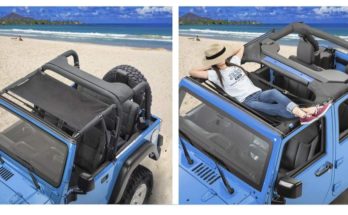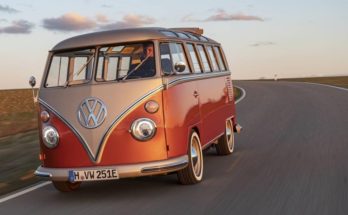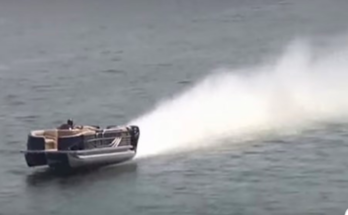This is the Transwing by Pterodynamics.
The reason for a fixed-wing on an aircraft (as opposed to helicopters) is it’s much better for flying horizontally over any distance. It doesn’t need to use power to keep itself in the air like a helicopter or drone does, because it has flattish wings that, when in motion, provide lift – up to 20 times of lift compared to the forward thrust.
Since you can’t park a fixed-wing plane without a runway and a lot of parking space, Pterodynamics is developing (and they are now flying) a Transwing craft. These combine efficiency in long-distance horizontal flight with the ability to maneuver around obstacles at low speeds and park in smaller spaces.
Transwing is folded when parked and during take-off and maneuvering, but then extends its wings when it moves forward. How far can a transwing go compared with a traditional helicopter, drone, or passenger drone?
[somryv url=”07UN7WjUJ9I” size=”medium” align=”center”]
And now some more information from Pterodynamics:
“Our patent-pending design has the highest figure of merit of any VTOL aircraft. Given any aircraft size and payload requirements, Transwing aircraft will fly at least twice as far as any VTOL competitor.

“The secret is that a Transwing aircraft is a multicopter when taking off and landing and transitions by folding its wings into a fixed-wing aircraft for forward flight. A multicopter configuration is the optimal design for stable takeoff, landing and hover, and a fixed-wing configuration is the optimal design for flying long distances and loitering around a general area for purposes such as inspection, monitoring, surveillance and search. Transwing is the only aircraft design that transitions between these two optimal configurations.
“The Transwing will have a profound and positive impact on the entire aviation industry and will make possible whole industry segments, including drone delivery, air taxis and personal flying transport.
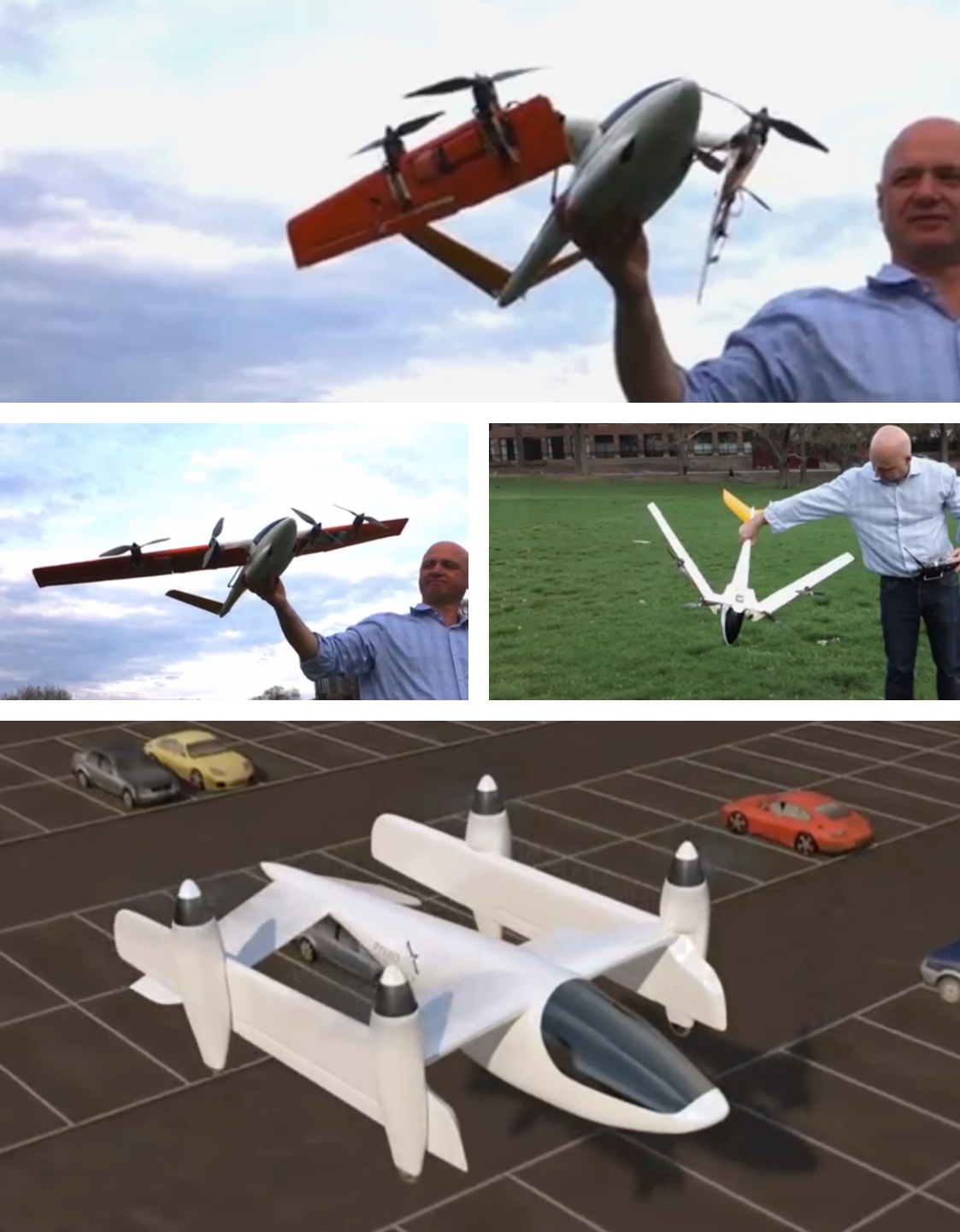
“The Transwing design provides many key advantages:
- Most importantly, they are as stable and efficient during takeoff and landing as a quadcopter.
- Yet they are as efficient for horizontal flight and loitering as any fixed-wing aircraft, permitting significantly higher lift-to-drag ratios than were practically feasible before. Transwing aircrafts can easily have lift-to-drag ratios greater than 20 because they have the advantage of having their wings folded back when taking off and landing and while on the ground, so the wings can be significantly longer than other VTOL aircraft designs.
- The in-flight transition of the folding wings enabled by our proprietary wing joint is extremely rapid and seamless due to uniquely benign aerodynamics of all the intermediate configurations between transition. Highly swept back and dihedral wings during transition reduces buffeting and flow separation, making the transitions smooth and natural.
- Because of their folded wing configuration, Transwing aircraft designs are extremely compact for ground storage and during takeoff, landing and hover, with a full-scale four-passenger vehicle being just 18 feet by 23 feet.
- Payload capacities can be as much as 40% or even more of maximum takeoff weight. Quadcopters are famous for their ability to lift multiples of their own weight. Because Transwing aircrafts fold to a fully functioning quadcopter (or other multicopter) configuration for takeoff and landing, its payload can be as high as that of any other quadcopter, minus the weight of its wings and empennage.
- Transwing aircrafts can use either wet fuel or distributed electric propulsion, which offers redundancies, is very reliable, much more quiet and efficient than internal combustion engines and are less expensive to build, maintain and operate, not to mention that they are much better for the environment with zero emission.
- Transwing aircraft have the same cruise and maximum speed profiles as conventional fixed-wing aircraft.
- And finally, it’s possible to have Transwing configurations where all the motors are used for both take off and landing as well as forward flight so that there is no superfluous motor in either configuration causing unnecessary weight or drag.”
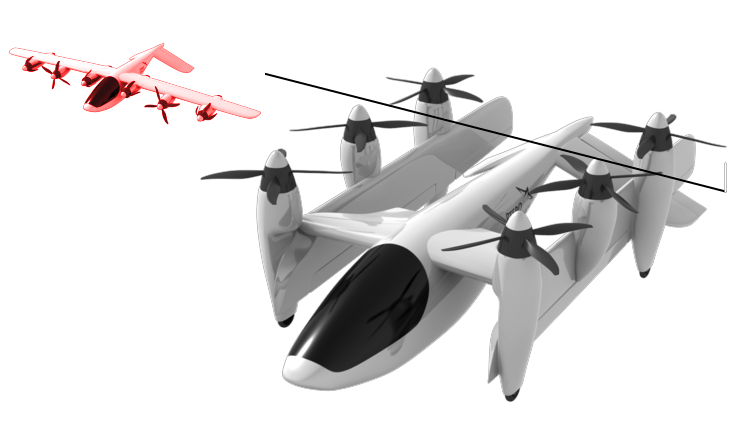 " >
" >
